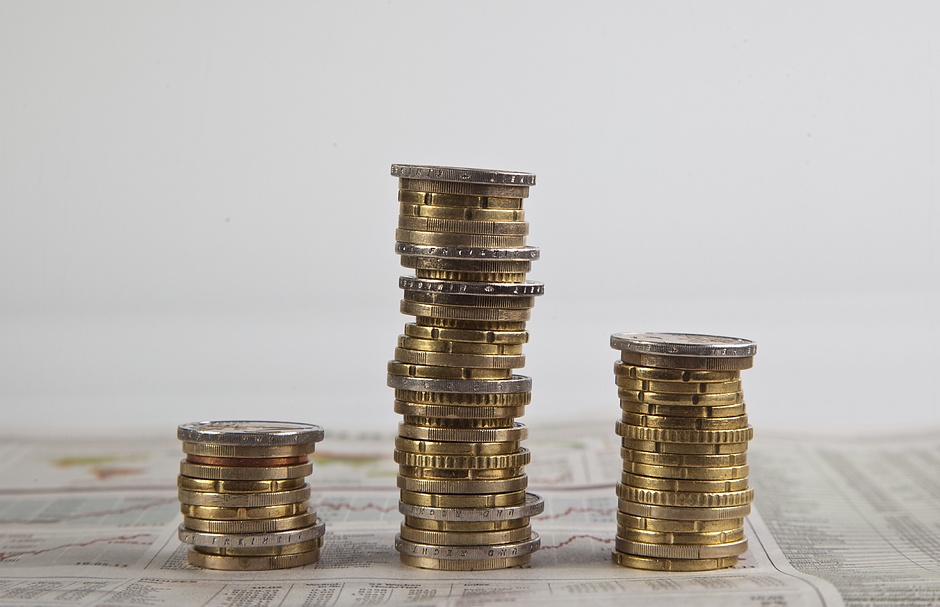Is the relief rally in FX sustainable?

Early signs of COVID-19 curve flattening in Europe and the US kicked off with a relief rally in currencies and equities this morning. USD/JPY jumped above 109 as AUD/USD and NZD/USD rose nearly 2%. This contemporaneous rally is a confirmation that investors are not just bullish dollars but also less pessimistic about other currencies. Risk appetite is improving as the daily death toll in Spain and France rise at a slower pace. In Italy, new cases appear to be leveling off and in New York new confirmed cases are rising at a slower pace.
These trends suggest that lockdown measures are "working" but it is still too early to tell if these improvements are sustainable. Hospitalizations tend to be lighter over the weekend and in some countries in Asia where it seemed like the curve flattened, new cases are cropping up. Singapore announced fresh lockdown measures last week, Japan plans state of the emergencies in Tokyo and six other prefectures that would allow governors to issue stay at home orders and direct businesses to close. In South Korea, the country that moved the quickest on containing the virus and eased lockdown measures in March is now seeing a second wave that tells us curves don't stay flat. The bright side is that after a spike last week, South Korea reported only 47 new cases on Sunday compared to 81 earlier. If these trends continue, we could see a further relief rally in currencies and equities.
Coronavirus curves aside, the fact that investors completely shrugged last week's abysmal labor market reports is another reason why the recoveries are sustainable – at least in the near term. The greenback should have sold off hard after jobless claims topped 6 million and non-farm payrolls fell more than -700K but instead of rising, currencies and equities shrugged off these numbers easily. While it can be argued that it was a matter of time before the data turned ugly, there's no questions that April figures will be even worse. Yet with no major US economic reports outside of the FOMC minutes and inflation numbers scheduled for release, there will be a reprieve in data. It is no secret that the Federal Reserve is dovish, troubled by the outlook for the economy and willing to do more to ease the pain. This is also typically a lighter week with some markets closed for Easter holidays however it is unclear if liquidity will really be all that different with stay at home / work from home measures at all major financial centers.
The strongest currencies this morning are the Australian and New Zealand dollars. Tonight is a busy one for the Australian dollar. Service sector PMI and the trade balance are scheduled for release but the main focus will be on the Reserve Bank of Australia's monetary policy announcement. The RBA cut interest rates by 50 bp since the beginning of the year. About 2.5 weeks ago they surprised the market with a quarter point emergency cut that took interest rates to an all time low of 0.25%. They also launched quantitative easing for the first time ever. Tonight, they'll need to consider whether a third round of easing is necessary and how to adjust bond purchases. Given the reluctance of members to resort to negative rates we think that there will be no changes this evening. They will be dovish, very worried about the outlook for Australia's economy and willing to provide more support, most likely in the form of additional QE. They could also officially reduce growth forecasts which may trigger a fresh wave of selling in A$.
The Canadian dollar is in focus this week with IVEY PMI and labor market numbers on the calendar. Last month's decline in IVEY was modest from 57.3 to 54.1. This month's decrease should be far more significant – IVEY is due tomorrow. With oil resuming its slide, we expect the Canadian dollar to remain in a downtrend. Euro and sterling are down modestly. Euro is holding steady thanks to curve flattening and reports that Germany is looking at how to ease lockdown restrictions (although no date has been set). Sterling on the other hand should be weaker with the Prime Minister in the hospital, the Queen delivering a rare address to reassure Britons and the government considering tighter lockdown measures.
Author

Kathy Lien
BKTraders and Prop Traders Edge

















